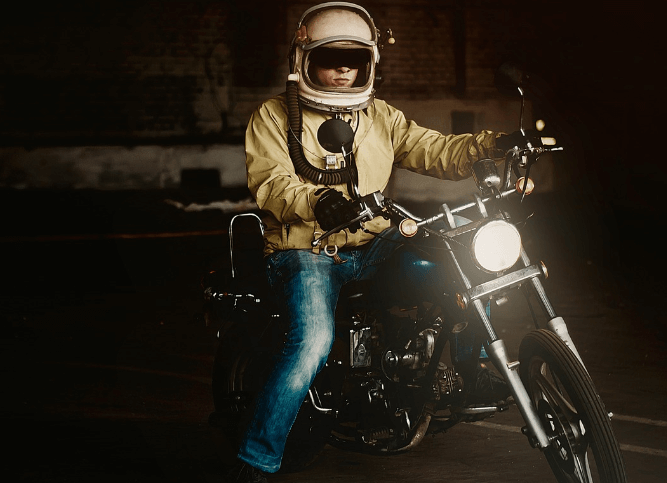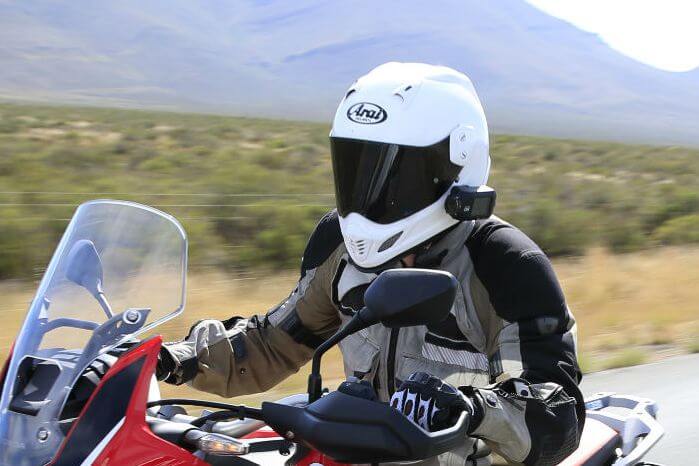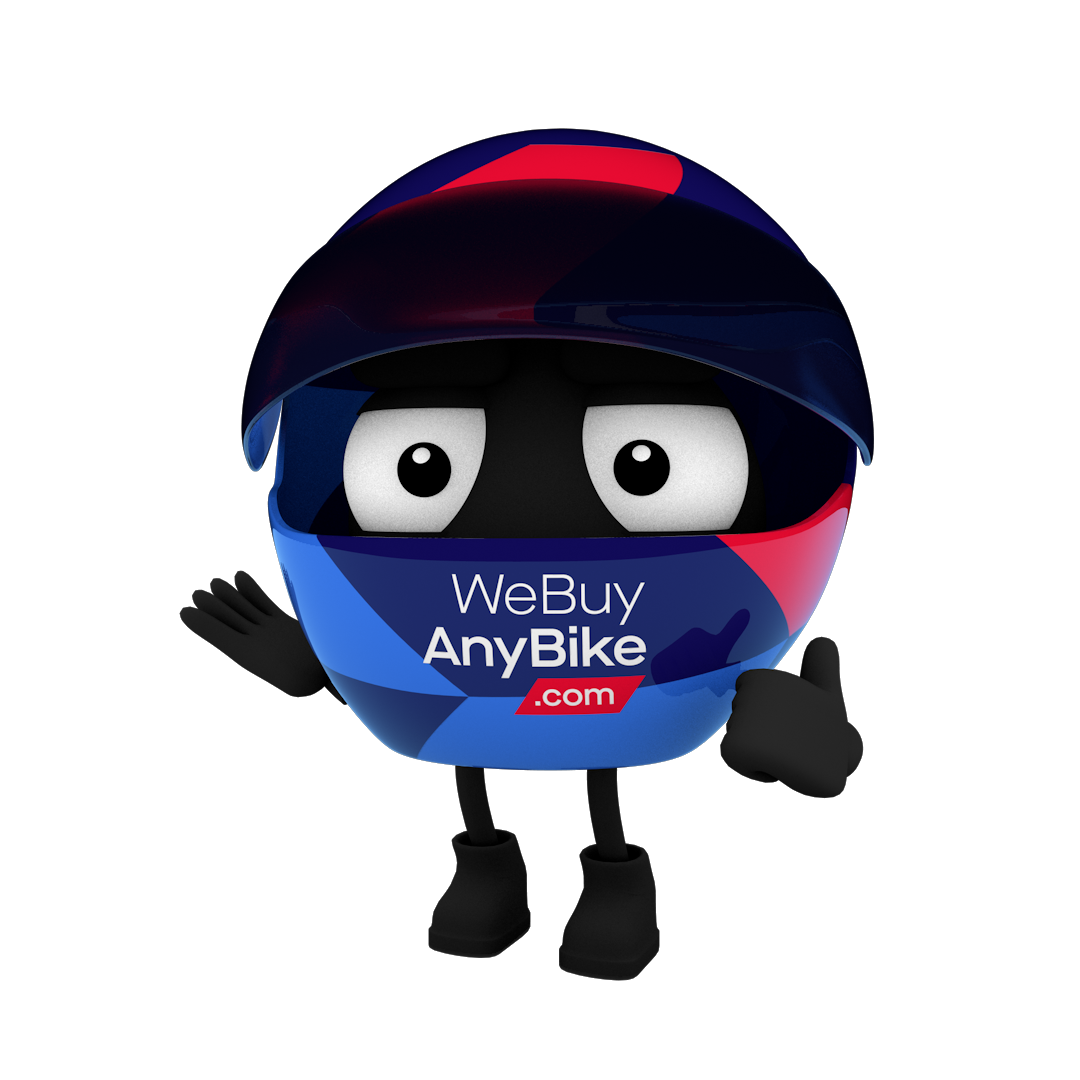Guide To Buying A Helmet Camera
A lot of riders enjoy capturing what they get up to on the roads or trails. There are a few reasons why bikers might want to film their adventures, perhaps to make entertaining edits or for the safety aspect.
Build Quality
Make sure the build quality of the camera is nice and sturdy. They are exposed to the elements being on the outside of your helmet, so you need to trust that the camera can cope with harsh conditions. Whether you’re speeding along a gravel trail, jumping your motocross bike or getting your knee down on the track - quality will stand the test of time.
We’d suggest you read as many reviews as possible, from people who have actually put them to the test and seen how they hold up.

Image quality
Image quality clearly needs to be up to scratch. Thinking you've captured something amazing but watching it back and only seeing a blur, is very upsetting. You feel massively cheated. Picture quality is an extremely important factor when picking your camera, some manufactures that tend to do well in this area are Sony, Veho and GoPro.
High Definition (1080p minimum) cameras are suggested when it comes to quality. Headcams can now offer 4k, but beware of lower frame rates than 24 per second as it will make for a jittery video. Also look at the frame rates available for each resolution, 60 frames a second is favourable for a reality feel and allows slow motion in post production, whereas 25 frames a second has a more cinematic feel. Check out the Bitrate, this defines how detailed the footage is regardless of resolution so higher bitrates mean higher quality video.
Memory
This is the worst! You might just be getting to an extra exciting part of the ride when suddenly ’Memory Full’ flashes up.
Pretty much all cameras have an inbuilt memory, but this doesn’t serve on a long ride. So you should make sure you get a camera that has an external SD card reader, as this isn’t a given. Also be aware that if a camera does have an SD reader, the card itself might not be included in the price.
An SD card reader makes upgrading your memory easy and fast, you just need to pop the card in and you’re away again. You’ll need at least 32GB to store a good amount of footage.
A great feature for commuting is a ‘loop mode’ which means when the SD card runs out of space the camera will automatically starts to record over from the start. This is similar to how dash cams in cars operate.

Battery Span
Another extremely annoying aspect to consider is running out of battery 5 minutes after setting off. This can change with make, model, settings and so on but I think it’s reasonable to expect 2 hours without it dying out. Either way, don’t bother buying a camera that has a non-removable battery, make sure it works with a rechargeable. This will make your life a lot easier on a full days ride!
This is an area you should research in particular, not so much asking the sales person as reading bikers reviews directly from the field.
Waterproof Housing
This surprised me, but not all cameras come with waterproof housing. Living in England, I know when the forecast says nothing but blues skies.. it means rain. It may start raining as soon as you set off or randomly at some point during the day, but be certain.. it’s coming.
With waterproof housing, you can relax when it starts drizzling and know your camera is protected, no need to dart off looking for shelter. Read about the differences between ‘weatherproof’ and ‘waterproof’, see which is going to suit your situation best.

Remote Control
Leaving your camera running when shooting for long periods of time can waste battery and storage. Having a bar-mounted remote allows you to capture the exciting and interesting parts, but to miss out on the boring motorway with a click.
So a remote control extends your battery life and allows you to keep both hands on the bars. It’s a massive advantage as messing around with the camera attached to your helmet, while riding is pretty dangerous. Drift cameras tend to come with remote controls as do the higher end GoPros. Although cheap headcams from Amazon for example are actually catching up fast and most come with waterproof remote controls.
Audio
Onboard microphones are poor in wind noise, which makes them bad for motorcycling videos. Using a waterproof case helps but can cause fish bowling (sounding like you’re underwater!).
Drift cameras allow external microphones in their higher-end cameras which can be mounted inside your helmet, improving the audio.

Helmet Cameras
Luckily the internet is full of helpful articles which breakdown the cameras on the current market, giving you the pros and cons. We Buy Any Bike have listed a few we found particularly useful below:
We hope you found this blog helpful and as always, if you have anything to add please do let us know.

Did you enjoy this? You might enjoy our post on the Top 10 Helmet Cameras for motorcyclists!

Helmut
25 Apr 2017
For any blog enquiries, please emailmarketing@webuyanybike.comView all posts by Helmut

